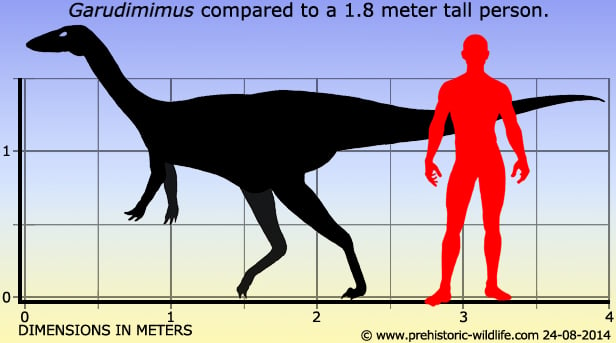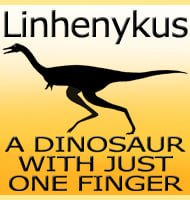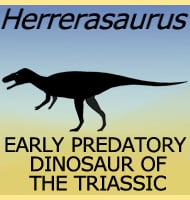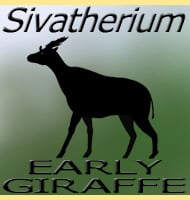In Depth
Garudimimus is considered to be an ornithomimosaur, but unlike others of its kind it had shorter ilia, the legs were shorter and the muscles not as well developed. This has led to speculation that Garudimimus would have actually been quite slow for an ornithomimosaur, although it could still probably out pace a human runner with ease. The feet of Garudimimus also had four toes rather than the ‘normal’ three of other ornithomimosaurs. It is uncertain how these features affected its life, but scleral rings (the bony rings that were within the eyes) in Garudimimus are of the kind that suggest it was a cathemeral dinosaur, active for short periods during both day and night. Early reconstructions of Garudimimus gave it a short horn on top of its skull in front of the eyes, but this has now been discovered to be a fragment of the skull that had broken loose. For a primitive ornithomimosaur that really did have a skull crest, see Pelicanimimus.
There is some confusion regarding the exact age of the Bayan Shireh Formation which means that Garudimimus has been credited with living in both the Cenomanian and Campanian periods of the late Cretaceous. Magnetostratigraphy of the Bayan Shireh Formation suggests the earlier estimate, but dinosaurs known from the formation contradict this. One example is the tyrannosaur Alectrosaurus which is known from this formation but also has remains from the Iren Dabasu Formation which is seen as Campanian of the Cretaceous. Assuming that no mistake has been made with the assignment of this material this would suggest a Campanian time period for Garudimimus.
Further Reading
– Bezzubyye khishchnyye dinozavry Mongolii [Toothless carnivorous dinosaurs of Mongolia]. – Sovmestnaia Sovetsko-Mongol’skaia Paleontologicheskaia Ekspeditsiia Trudy 15:28-39. – R. Barsbold – 1981. – Reexamination of a primitive ornithomimosaur, Garudimimus brevipes Barsbold, 1981 (Dinosauria:Theropoda), from the Late Cretaceous of Mongolia. – Canadian Journal of Earth Sciences, 42: 1501–1521. – Y. Kobayashi & R. Barsbold – 2005. – Retrodeformation and muscular reconstruction of ornithomimosaurian dinosaur crania. – PeerJ. 3: e1093. – A. R. Cuff & E. J. Rayfield – 2015.










